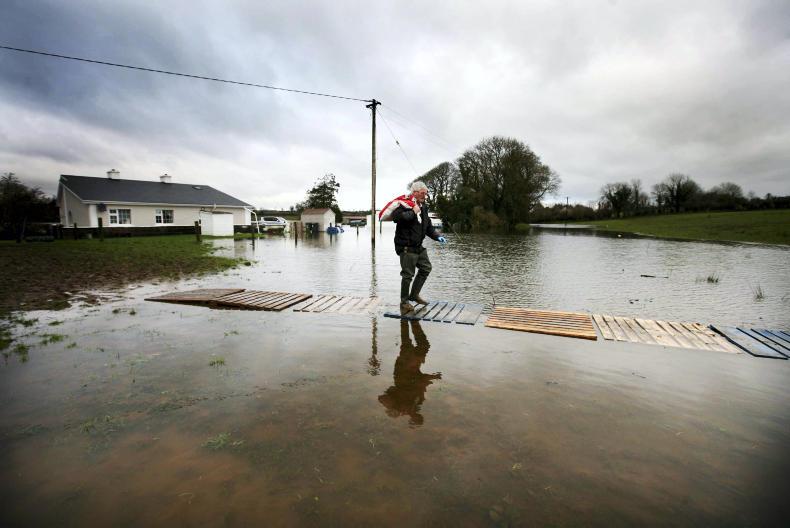Nearly a year on from the prolonged flooding last winter, an agreement to carry out strategic maintenance of the Shannon has been reached.
Speaking to the Irish Farmers Journal, the Minister with responsibility for the Office of Public Works (OPW) and Flood Relief, Seán Canney, said that the Shannon Flood Risk Group met last Friday and agreed a planned maintenance programme of the river that would complement works currently taking place.
“There is acceptance that we can’t do nothing,” Canney said of the state agency working group that was established last January. “For the last 100 years no work has been done on removing silt. Annually we will be carrying out maintenance now but we must first prepare a plan that will stand up to scrutiny in terms of environmental issues.”
Challenges
No doubt there will be challenges even within the group, led by the OPW, as there are opposing views around that table with Waterways Ireland, the ESB, the Department of Arts and Heritage and Inland Fisheries Ireland present, among others. Therefore Canney couldn’t give a time frame for when works will begin on the Shannon but said it will be funded by the OPW.
“We have built up a huge amount of barriers over the years through directives and that creates challenges. Farmers are quite willing to do something on their own land so we are trying to create a protocol where they can do that without being questioned and we can help them.”
He expects that the CFRAMS report will be finalised next year now that the public consultation has ended.
This winter
Meanwhile, a trial on lowering the lake levels in Lough Allen to help mitigate flood risk this winter has been successfully completed. This aims to create a better capacity to store water in the event of heavy rainfall. Canney said he has asked the group to take a look at taking out one or two key pinch points that he expects would lower water levels by 2ft. Since August the Geological Survey of Ireland (GSI) has been examining Turloughs to find a way to link and drain them by gaining a better understanding of how they work.
Case study: John Claffey
Banagher dairy farmer John Claffey has land on the Shannon callows. He welcomed the progress made to date and the news on dredging but said that it’s a case of “I’ll believe it when I see it”.
“They are starting to see sense that there has to be capacity in the system,” he said. “However, dredging has been talked about for years and the danger is that the Government will fall before policy can be implemented. We need a commitment that they will reduce the levels in Lough Ree to what they were in 1978 and 1979.”






 This is a subscriber-only article
This is a subscriber-only article










SHARING OPTIONS: